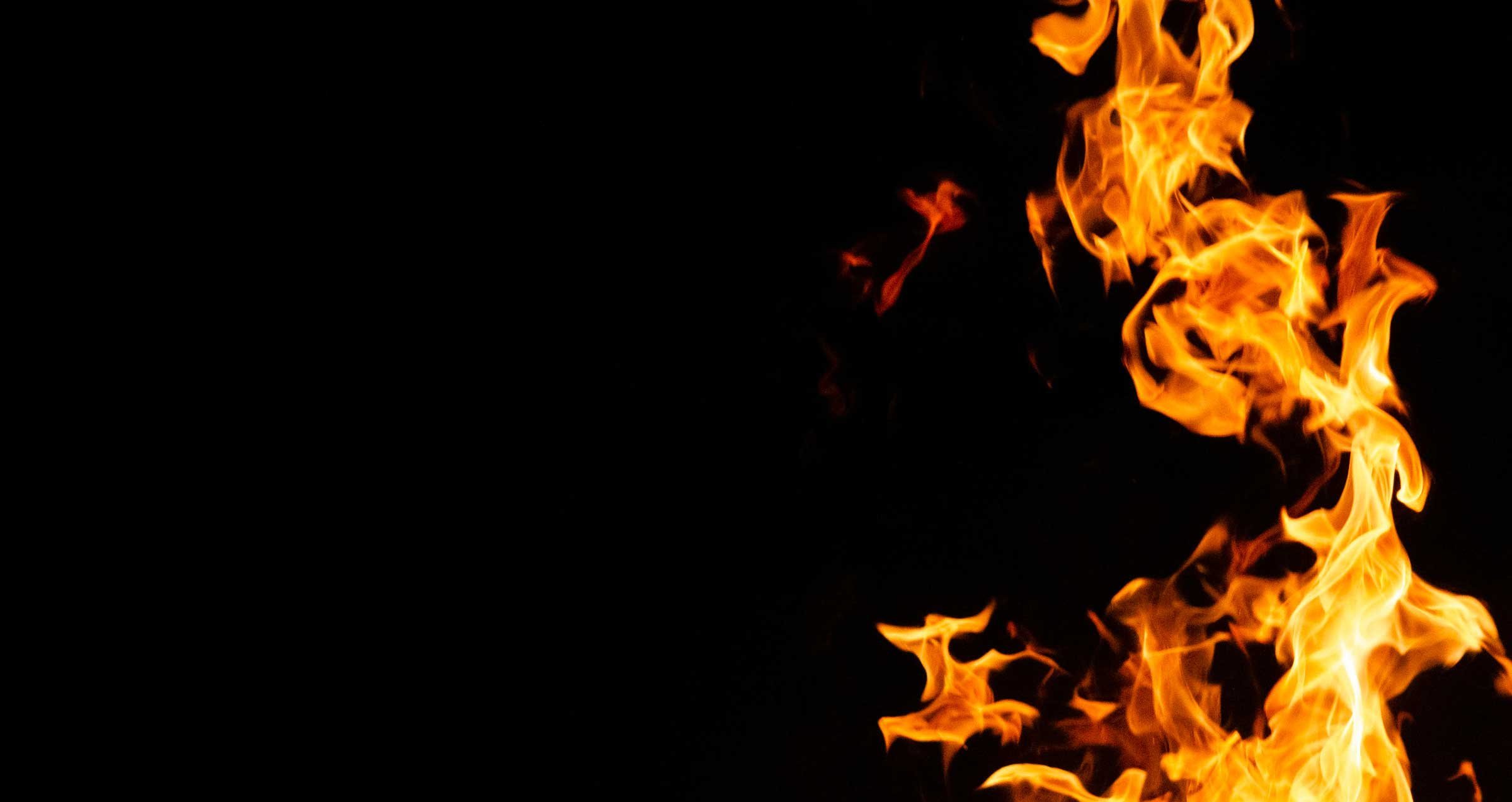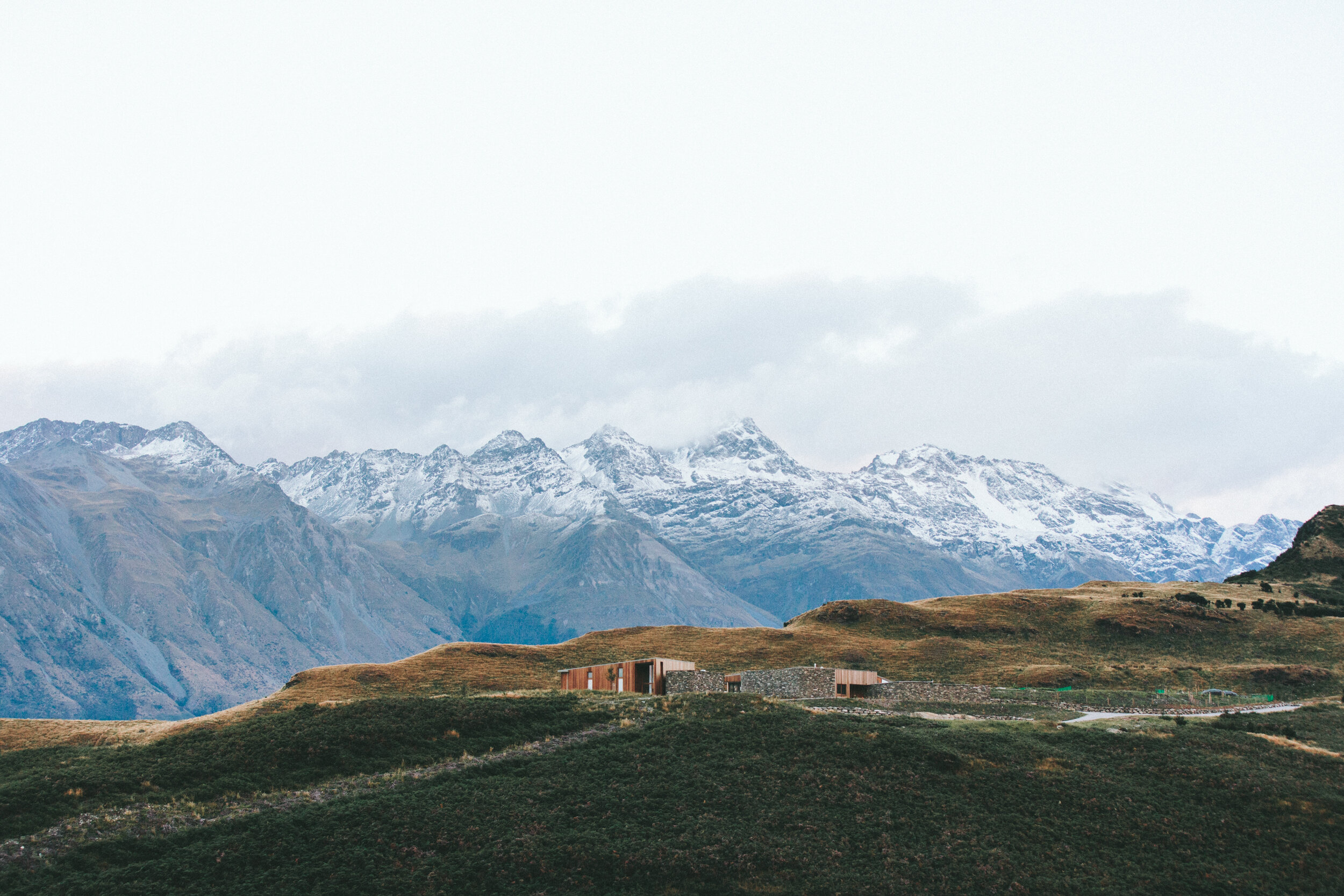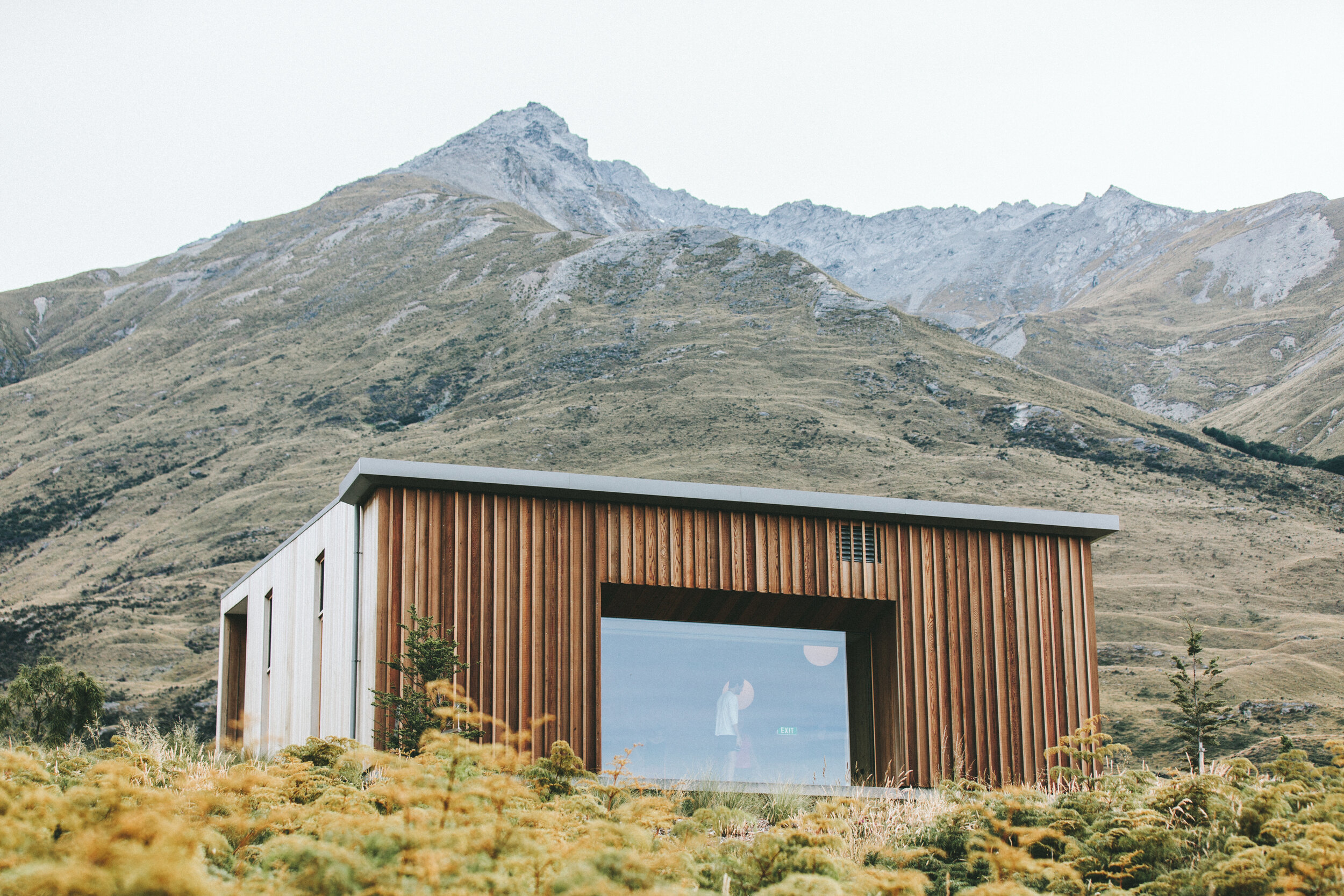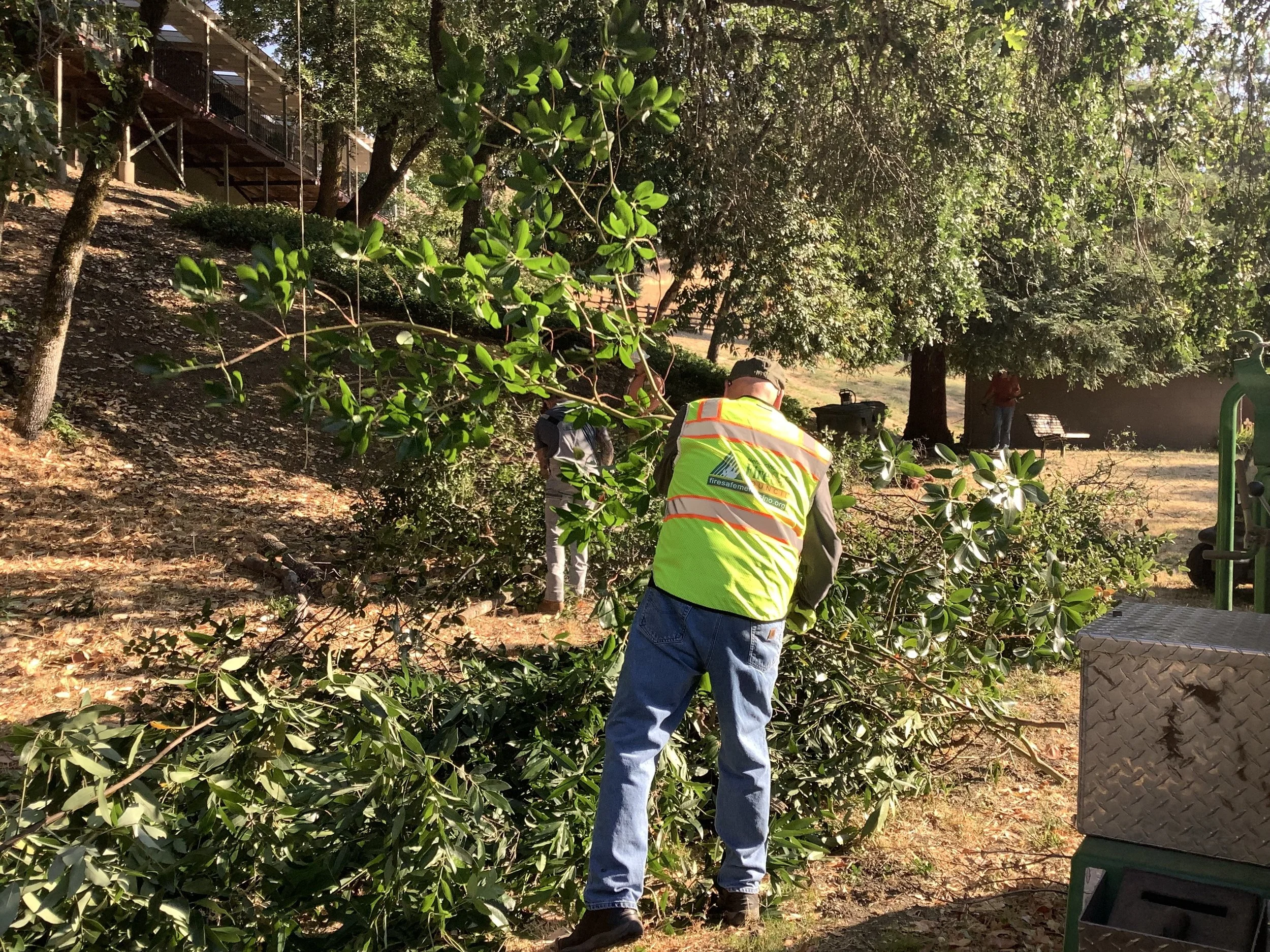
DRAFT Home Hardening
Practices for making your home more wildfire prepared
Home Hardening is the process of preparing your home to better withstand wildfire. By using fire-resistant building materials, sealing vulnerable openings, and keeping the area around your home clear of debris and flammable items, you greatly increase its chances of survival. Most homes ignite from windblown embers—not towering flames—so even small upgrades, like installing ember-resistant vents or clearing gutters, can make a big difference. Home hardening starts with simple steps that add up to powerful protection.
Home Hardening Components
-
Roofs & Gutters
What should we know about the services you provide? Better descriptions result in more sales.

-
Vents
What should we know about the services you provide? Better descriptions result in more sales.

-
Windows
What should we know about the services you provide? Better descriptions result in more sales.

-
Eaves
Description goes here
-
Siding
Description goes here
-
Decks & Attachments
Description goes here

